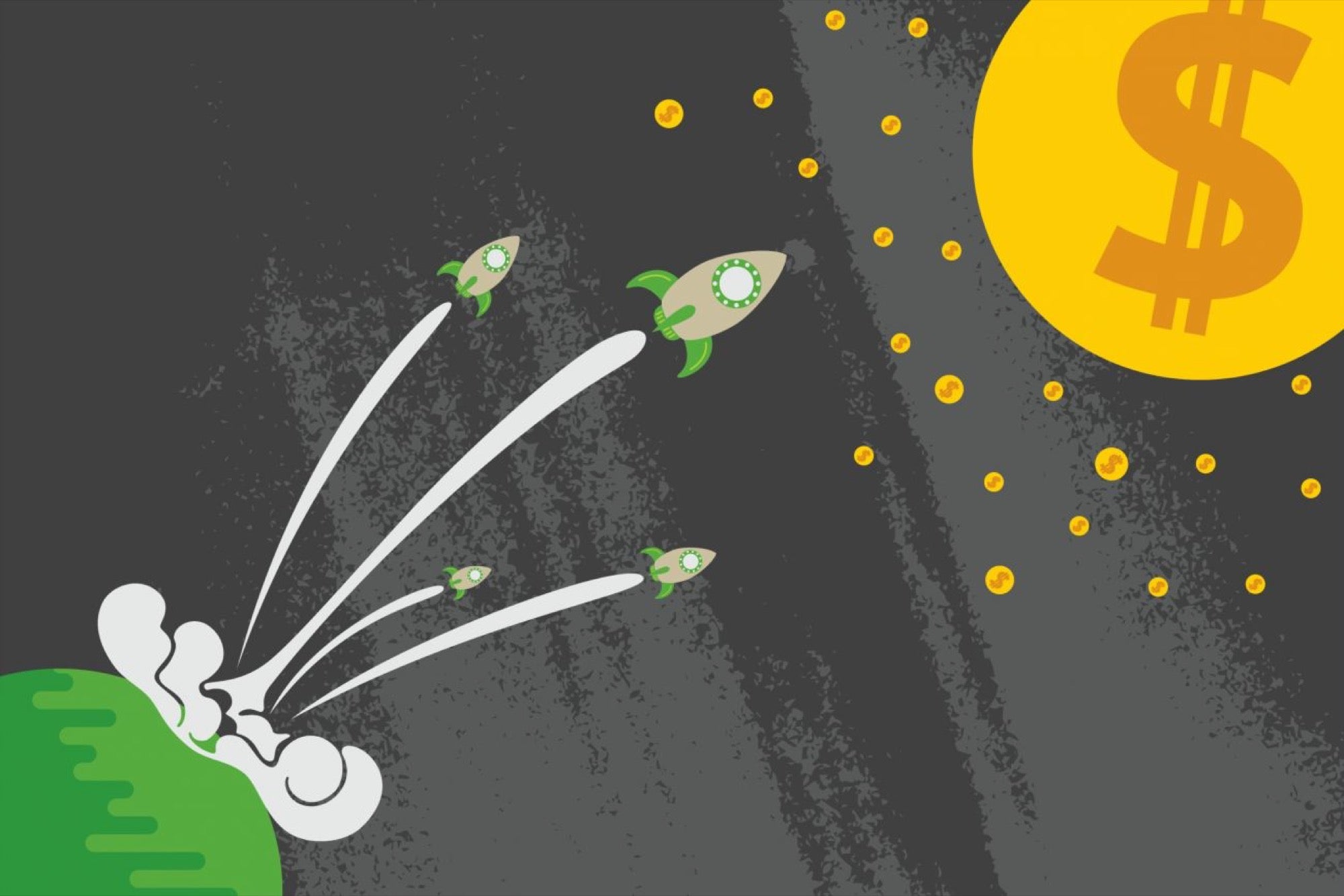Startup and Standup The conceptual model of an Entrepreneurial Pyramid offers a prioritization of the many efforts that will propel entrepreneurship forward.
By Tarun Khanna
Opinions expressed by Entrepreneur contributors are their own.
You're reading Entrepreneur India, an international franchise of Entrepreneur Media.

Late in the spring of 2015, I was privileged to be asked to chair a committee on Entrepreneurship and Innovation constituted under the auspices of NITI Aayog (now enshrined as Atal Innovation Mission or AIM). We took care to ensure the committee was drawn from very diverse walks of life, to include entrepreneurs (with track records of building for-profit and social enterprises), financiers, scientists and heads of academic institutions and, finally, several who have experience liaising with government. Each member has helped us access a broad network of individuals not on the committee, in India and in parts of the Indian diaspora.
Stimulating Innovation
The conceptual model of an Entrepreneurial Pyramid offers a prioritization of the many efforts that will propel entrepreneurship forward. First, we recognize that success breeds success, so, in the interests of building a constituency for change, we must identify actions that yield short-term payoffs. The so-called "top layer' of our pyramid model does this. It identifies upgrading and broadening of the incubators that pepper the Indian landscape, a commitment to using competition and prizes to encourage grass-roots innovation, and the initiation of a symbolic but also substantive national entrepreneurship movement. As part of the founding team of Axilor in Bengaluru, I have tried to put the principles of this report into action.
China Comparison
I've attempted in my work - recounted in my books Billions of Entrepreneurs and Trust - Creating the foundation for entrepreneurship in developing countries - to distill the conceptual differences between the societal transformations of China and India.
Despite the flux and largely positive economic changes in each of the two countries in the last decades, the "iron frames" that gird these changes are radically different.
China features a top-down model of development, with Communist Party articulating a central direction and circumscribing all but marginal dissent. Local Party officials have increasing economic autonomy, which they have used to amazing effect, but only within a context of severely constrained political centralization. The Party political line simply must be toed.
India exhibits greater heterogeneity and pluralism, manifesting itself to the outsider as chaos, but also enabling productive ferment on the ground. An inefficient market, but a market nonetheless, results from competition at multiple levels in providing services, competing for talent, political horse-trading.
While China courts foreign capital and has only reluctantly acknowledged the private sector, its internal opacity and lack of private property rights emasculate its internal markets in comparison to the parts of India where competition is allowed to run amuck.
As the Prime Minister said in his Independence Day address on August 15, 2015, " Startup and Stand-up". I couldn't agree more. Let' s do it sans partisanship and with team spirit.
(This article was first published in the July 2019 issue of Entrepreneur Magazine. To subscribe, click here)










